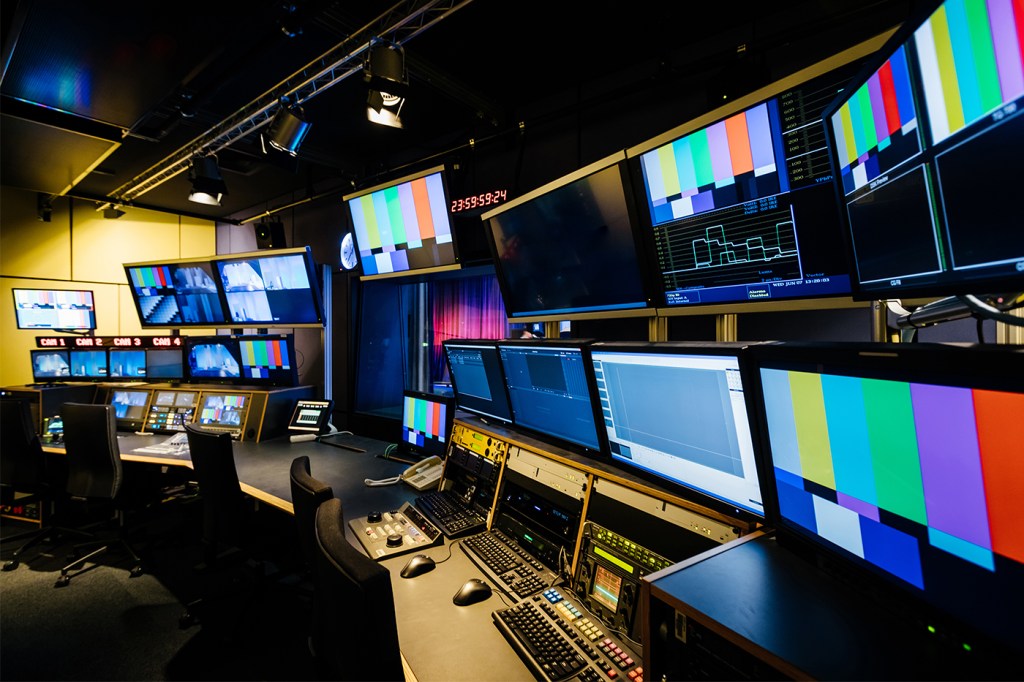Media coverage of the New Zealand mosque shooting needs scrutiny, Northeastern professor says

The role that social media played in the lead-up and execution of a deadly attack on two mosques in New Zealand is being scrutinized closely by law enforcement officials, elected leaders, and scholars alike.
But what about the role of the news media? That deserves equal attention, says John Wihbey, who is an assistant professor of journalism at Northeastern University.
The nonstop, global coverage of every facet of the attack in New Zealand that left 50 people dead has created a media narrative that only serves to reinforce the conditions that lead to such violence, by making the issue seem more widespread than it is, says Wihbey, whose research focuses on the intersection of news and social media.
Exclusively covering conflict and negativity creates a narrative that conflict and negativity are the norm, when in actuality they may not be, Wihbey says.
“You have this relentless drumbeat of ‘religious conflict,’ ‘internet polarization,’ and the general sense that the world is going to hell in a handbasket, when the empirical facts don’t bear that out,” Wihbey says.
In the days since the March 15 attack, major U.S. news outlets such as The Washington Post, The New York Times, and Reuters, as well as international news outlets such as the BBC and Aljazeera have reported daily on the events.
And while careful, in-depth reporting is necessary following a “worrisome and terrible” event like that in New Zealand, Wihbey says news media have a responsibility to ensure their coverage of broader issues, such as religious conflict, is proportional to how those issues bear out in the world.
“What happened in New Zealand is a terrible situation—there’s no doubt about that,” Wihbey says. “But when you think about how many persons of different religions on that same day across the world had neutral or positive interactions with one another, the question becomes: How do we proportionately cover stuff like this?”

John Wihbey, assistant professor of journalism and media innovation at Northeastern. Photo by Adam Glanzman/Northeastern University
In his forthcoming book, The Social Fact: News and Knowledge in a Networked World, Wihbey makes the case that there have been moments throughout the last few decades when U.S. news media have fueled social issues by creating “false narratives” about them. He posits that mass incarceration prompted by a crime wave in the 1980s is one such issue.
“We can find examples of the news media creating big cultural narratives that have huge consequences,” Wihbey says.
Breathless coverage of violent crime in the 1980s, combined with a failure by news outlets to report on a drop in crime in the 1990s, prompted lawmakers to introduce policy, such as the Violent Crime Control and Law Enforcement Act of 1994, that led to mass incarceration, he says.
“The media has the power to create broad cultural understandings that shape the public discourse,” he says. “It means that we may need to rethink the way we cover violence like this, to consider proportionality in reporting.”
For media inquiries, please contact Shannon Nargi at s.nargi@northeastern.edu or 617-373-5718.





